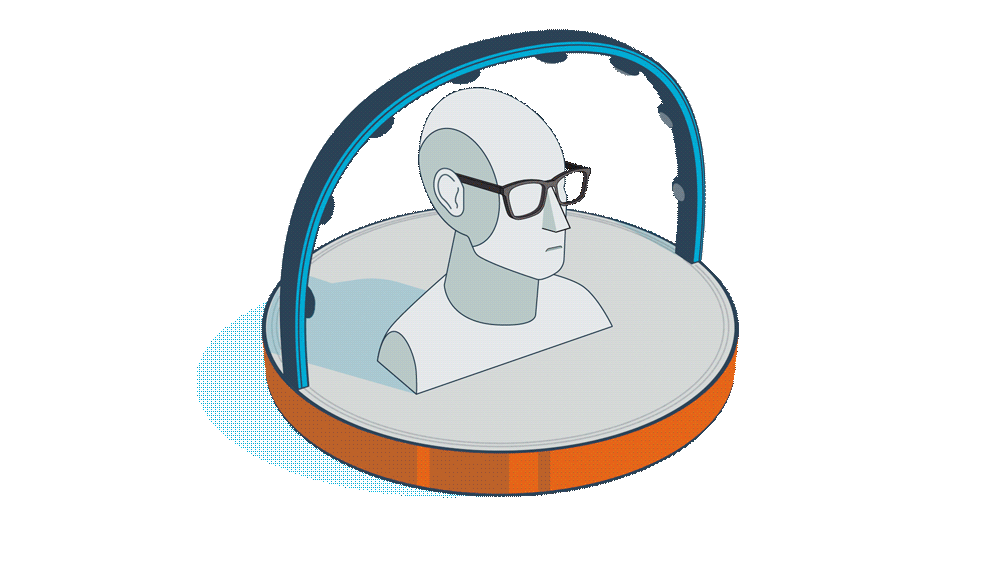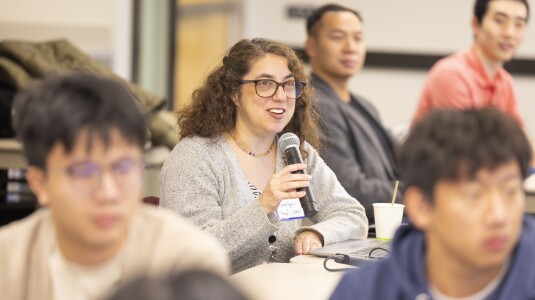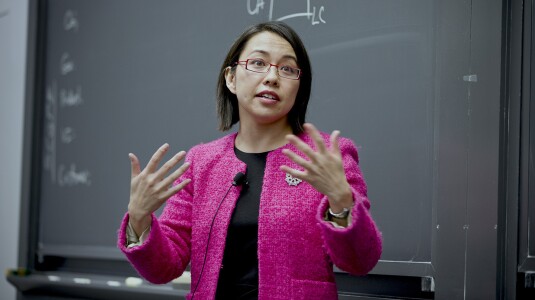Customer-obsessed science


Research areas
-
January 8, 20264 min readA new hybrid optimization approach allows edge devices to fine-tune vision-language models using only forward passes, achieving up to 7% higher accuracy than existing techniques.
-
December 10, 20255 min read
-
December 8, 20258 min read
-
December 5, 20256 min read
-
Featured news
-
2024Pre-trained language models, trained on largescale corpora, demonstrate strong generalizability across various NLP tasks. Finetuning these models for specific tasks typically involves updating all parameters, which is resource-intensive. Parameter-efficient finetuning (PEFT) methods, such as the popular LoRA family, introduce low-rank matrices to learn only a few parameters efficiently. However, during
-
2024As the scale of data and models for video understanding rapidly expand, handling long-form video input in transformer-based models presents a practical challenge. Rather than resorting to input sampling or token dropping, which may result in information loss, token merging shows promising results when used in collaboration with transformers. However, the application of token merging for long-form video
-
2024 Conference on Digital Experimentation @ MIT (CODE@MIT)2024Online sites typically evaluate the impact of new product features on customer behavior using online controlled experiments (or A/B tests). For many business applications, it is important to detect heterogeneity in these experiments [1], as new features often have a differential impact by customer segment, product group, and other variables. Understanding heterogeneity can provide key insights into causal
-
2024Code generation models are not robust to small perturbations, which often lead to incorrect generations and significantly degrade the performance of these models. Although improving the robustness of code generation models is crucial to enhancing user experience in real-world applications, existing research efforts do not address this issue. To fill this gap, we propose CodeFort, a framework to improve
-
NeurIPS 2024 Workshop on Table Representation Learning2024In-context learning (ICL) is a powerful paradigm where large language models (LLMs) benefit from task demonstrations added to the prompt. Yet, selecting optimal demonstrations is not trivial, especially for complex or multi-modal tasks where input and output distributions differ. We hypothesize that forming taskspecific representations of the input is key. In this paper, we propose a method to align representations
Collaborations
View allWhether you're a faculty member or student, there are number of ways you can engage with Amazon.
View all












































